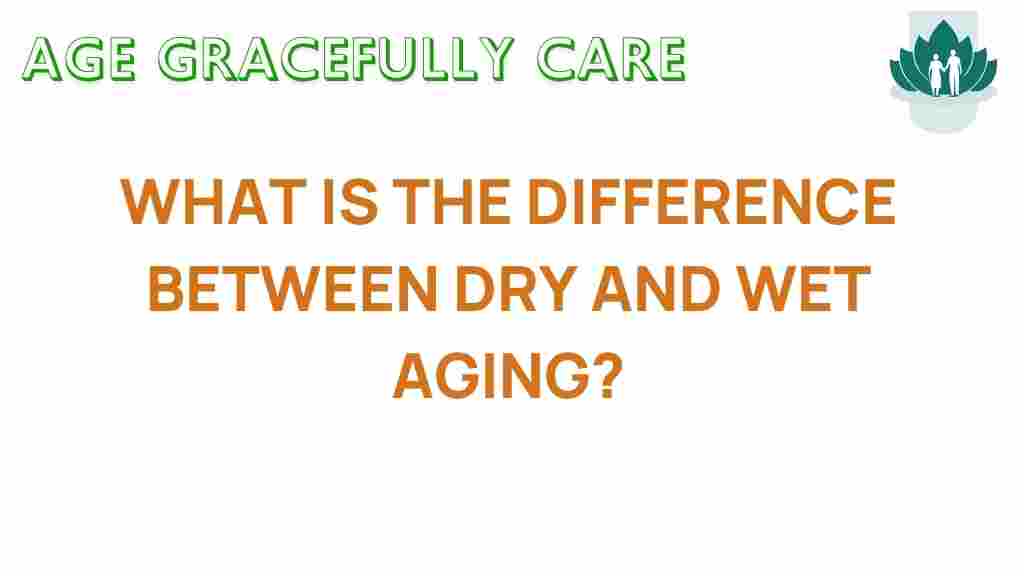Unveiling the Secrets: Dry Aging vs. Wet Aging in Meat
When it comes to meat preservation, two prominent techniques stand out: dry aging and wet aging. Both methods are employed to enhance the flavor and tenderness of meat, but they do so in very different ways. Understanding these culinary techniques can elevate your gourmet cooking and provide you with a deeper appreciation of food science. In this article, we will explore the intricacies of dry aging and wet aging, including their processes, benefits, and how they contribute to flavor enhancement in meat.
What is Meat Aging?
Meat aging is a process that improves the texture and flavor of meat by allowing natural enzymes to break down muscle fibers over time. Both dry aging and wet aging are popular methods, each offering unique characteristics and benefits.
Dry Aging: The Traditional Method
Dry aging is a time-honored technique that involves hanging meat in a controlled, cool, and dry environment. This method allows moisture to evaporate from the meat, concentrating its flavor while also tenderizing it. The process typically lasts from a few weeks to several months, depending on the desired outcome.
The Dry Aging Process
- Selecting Quality Meat: Choose high-quality cuts of beef, such as ribeye or strip loin, with a good amount of marbling.
- Creating the Ideal Environment: The meat should be stored in a dedicated aging fridge with controlled temperature (34°F to 38°F) and humidity (80% to 85%).
- Monitoring: Regularly check the meat for spoilage and ensure the environment remains stable.
- Duration: Allow the meat to age for a minimum of 21 days, with some opting for up to 120 days for intense flavor.
- Trimming: After aging, the exterior will be dry and hard. Trim off the outer layer before cooking.
Benefits of Dry Aging
- Flavor Enhancement: The evaporation of moisture intensifies the meat’s flavor profile.
- Tenderness: Natural enzymes break down the muscle fibers, resulting in a more tender texture.
- Unique Taste: Dry aging imparts a distinct, nutty flavor that is highly sought after in gourmet cooking.
Wet Aging: The Contemporary Approach
Wet aging, on the other hand, involves vacuum-sealing meat in plastic and refrigerating it. This method retains moisture, resulting in a different flavor and texture profile. Wet aging is typically faster than dry aging, usually lasting from a few days to a couple of weeks.
The Wet Aging Process
- Choosing the Cut: Similar to dry aging, select high-quality cuts of meat.
- Vacuum Sealing: Seal the meat in vacuum bags to prevent air exposure and moisture loss.
- Refrigeration: Store the sealed meat in the refrigerator at a consistent temperature (32°F to 34°F).
- Duration: Age the meat for a minimum of 7 days, but typically not more than 21 days.
- Cooking: Once aged, the meat can be cooked directly from the vacuum seal.
Benefits of Wet Aging
- Moisture Retention: The vacuum-sealed environment prevents moisture loss, resulting in juicy meat.
- Shorter Aging Time: Wet aging requires less time compared to dry aging.
- Cost-Effective: It is generally less expensive to implement than dry aging.
Comparing Dry Aging and Wet Aging
Both dry aging and wet aging have their merits, and the choice between them often depends on personal preference and the desired outcome.
Flavor Profile
- Dry Aging: Offers a richer, more concentrated flavor with nutty and earthy notes.
- Wet Aging: Tends to produce a milder flavor, with more pronounced meatiness.
Tenderness
- Dry Aging: Results in a more tender cut due to enzyme activity and moisture evaporation.
- Wet Aging: Also tender, but retains a firmer texture compared to dry-aged meat.
Cost and Accessibility
- Dry Aging: Requires specialized equipment and more time, leading to higher costs.
- Wet Aging: More accessible and generally less expensive, making it a popular choice for many.
Understanding the Science Behind Aging
From a food science perspective, the aging processes of dry and wet aging use the same fundamental principles: the breakdown of proteins through enzymatic activity. However, the conditions and outcomes vary significantly.
In dry aging, the combination of air exposure and controlled humidity creates a unique environment where mold can develop on the meat’s surface. This mold not only protects the meat but also contributes to the flavor. On the other hand, wet aging maintains a moist environment that allows the meat to retain its natural juices, leading to a different taste and texture profile.
Common Troubleshooting Tips
Whether you choose dry aging or wet aging, it’s essential to monitor the process closely to avoid spoilage. Here are some troubleshooting tips:
- For Dry Aging:
- Ensure the temperature and humidity levels remain stable.
- Check for any unusual odors, which could indicate spoilage.
- Trim any mold that develops on the surface; this is normal and safe if handled properly.
- For Wet Aging:
- Inspect vacuum seals for leaks; any air exposure can cause spoilage.
- Monitor the meat for off-smells or discoloration.
- Do not exceed 21 days to avoid loss of quality.
Conclusion
Both dry aging and wet aging are remarkable techniques for meat preservation that have been refined over time. Each method offers unique benefits and flavor profiles that can significantly enhance your culinary experience. Whether you prefer the intense flavors of dry-aged beef or the moisture-rich tenderness of wet-aged cuts, understanding these aging processes is essential for any gourmet cook.
As you experiment with these techniques, consider the science behind each method and how they can elevate your dishes. Remember, successful aging requires attention to detail and a commitment to quality meat selection.
For more information on gourmet cooking techniques, visit this link. If you want to delve deeper into the science of food preservation, check out this resource.
This article is in the category Nutrition and created by AgeGracefullyCare Team
